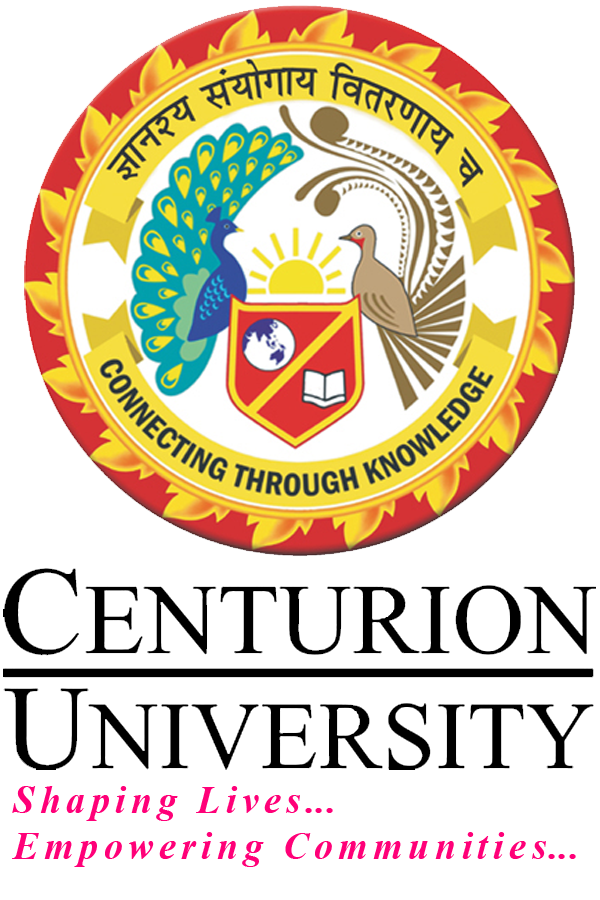BIOCHEMISTRY
Course Attendees
Still no participant
Course Reviews
Still no reviews
Course Name : BIOCHEMISTRY
Code(Credit) : BPHT 1203(4-0-0)
Course Objectives
Biochemistry deals with complete understanding of the molecular levels of the
chemical process associated with living cells. The scope of the subject is providing
biochemical facts and the principles to understand metabolism of nutrient molecules in
physiological and pathological conditions. It is also emphasizing on genetic organization
of mammalian genome and hetero & auto catalytic functions of DNA.
Learning Outcomes
Upon completion of course student shell able to
1. Understand the catalytic role of enzymes, importance of enzyme inhibitors in
design of new drugs, therapeutic and diagnostic applications of enzymes.
2. Understand the metabolism of nutrient molecules in physiological and
pathological conditions.
3. Understand the genetic organization of mammalian genome and functions of
DNA in the synthesis of RNAs and proteins.
Course Syllabus
UNIT-01
- Biomolecules
Introduction, classification, chemical nature and biological role of
carbohydrate, lipids, nucleic acids, amino acids and proteins. - Bioenergetics
Concept of free energy, endergonic and exergonic reaction, Relationship
between free energy, enthalpy and entropy; Redox potential.
Energy rich compounds; classification; biological significances of ATP
and cyclic AMP.
UNIT-02
- Carbohydrate metabolism
Glycolysis – Pathway, energetics and significance
Citric acid cycle- Pathway, energetics and significance
HMP shunt and its significance; Glucose-6-Phosphate dehydrogenase
(G6PD) deficiency.
Glycogen metabolism Pathways and glycogen storage diseases (GSD)
Gluconeogenesis- Pathway and its significance.
Hormonal regulation of blood glucose level and Diabetes mellitus. - Biological oxidation
Electron transport chain (ETC) and its mechanism. Oxidative phosphorylation & its mechanism and substrate level
phosphorylation.
Inhibitors ETC and oxidative phosphorylation/Uncouples
UNIT-03
- Lipid metabolism
β-Oxidation of saturated fatty acid (Palmitic acid)Formation and utilization of ketone bodies; ketoacidosis
De novo synthesis of fatty acids (Palmitic acid)
Biological significance of cholesterol and conversion of cholesterol into
bile acids, steroid hormone and vitamin D
Disorders of lipid metabolism: Hypercholesterolemia, atherosclerosis,
fatty liver and obesity. - Amino acid metabolism
General reactions of amino acid metabolism: Transamination,
deamination & decarboxylation, urea cycle and its disorders
Catabolism of phenylalanine and tyrosine and their metabolic disorders
(Phenyketonuria, Albinism, alkeptonuria, tyrosinemia)
Synthesis and significance of biological substances; 5-HT, melatonin,
dopamine, noradrenaline, adrenaline
Catabolism of heme; hyperbilirubinemia and jaundice.
UNIT-04
- Nucleic acid metabolism and genetic information transfer
Biosynthesis of purine and pyrimidine nucleotides
Catabolism of purine nucleotides and Hyperuricemia and Gout disease
Organization of mammalian genome
Structure of DNA and RNA and their functions
DNA replication (semi conservative model)
Transcription or RNA synthesis
Genetic code, Translation or Protein synthesis and inhibitors
UNIT-05
- Enzymes
Introduction, properties, nomenclature and IUB classification of enzymes
Enzyme kinetics (Michaelis plot, Line Weaver Burke plot)
Enzyme inhibitors with examples
Regulation of enzymes: enzyme induction and repression, allosteric
enzymes regulation
Therapeutic and diagnostic applications of enzymes and isoenzymes
Coenzymes –Structure and biochemical functions.
Recommended Books: (Latest Editions)
1. W.C.Evans, Trease and Evans Pharmacognosy, 16th edition, W.B. Sounders & Co., London, 2009.
2. Tyler, V.E., Brady, L.R. and Robbers, J.E., Pharmacognosy, 9th Edn., Lea and Febiger, Philadelphia, 1988.
3. Text Book of Pharmacognosy by T.E. Wallis
4. Mohammad Ali. Pharmacognosy and Phytochemistry, CBS Publishers & Distribution, New Delhi.
5. Text book of Pharmacognosy by C.K. Kokate, Purohit, Gokhlae (2007), 37th Edition, Nirali Prakashan, New Delhi.
6. Herbal drug industry by R.D. Choudhary (1996), Ist Edn, Eastern Publisher, New Delhi.
7. Essentials of Pharmacognosy, Dr.SH.Ansari, IInd edition, Birla publications, New Delhi, 2007
8. Practical Pharmacognosy: C.K. Kokate, Purohit, Gokhlae
9. Anatomy of Crude Drugs byM.A. Iyengar
Session Plan
Session 1
Introduction, classification, chemical nature and biological role of
carbohydrate
Session 2
Introduction, classification, chemical nature and biological role of lipids.
Session 3
Introduction, classification, chemical nature and biological role of nucleic acids
Session 4
Introduction, classification, chemical nature and biological role of amino acids
Session 5
Introduction, classification, chemical nature and biological role of proteins
Session 6
Concept of free energy, endergonic and exergonic reaction,
Session 7
Relationship between free energy, enthalpy and entropy
Session 9
Energy rich compounds; classification, biological significances of ATP
and cyclic AMP.
Session 10
Glycolysis – Pathway, energetics and significance
Session 11
Citric acid cycle- Pathway, energetics and significance
Session 12
HMP shunt and its significance; Glucose-6-Phosphate dehydrogenase
(G6PD) deficiency
Session 13
Glycogen metabolism Pathways and glycogen storage diseases (GSD)
Session 14
Gluconeogenesis- Pathway and its significance
Session 15
Hormonal regulation of blood glucose level and Diabetes mellitus
Session 16
Electron transport chain (ETC) and its mechanism.
Session 17
Oxidative phosphorylation & its mechanism and substrate level
phosphorylation
Session 18
Inhibitors ETC and oxidative phosphorylation/Uncouples
Session 19
β-Oxidation of saturated fatty acid (Palmitic acid)
Formation and utilization of ketone bodies; ketoacidosis
Session 21
Biological significance of cholesterol and conversion of cholesterol into
bile acids, steroid hormone and vitamin D
Session 22
Disorders of lipid metabolism: Hypercholesterolemia, atherosclerosis,
fatty liver and obesity.
Session 23
General reactions of amino acid metabolism: Transamination,
deamination & decarboxylation, urea cycle and its disorders
Session 24
Catabolism of phenylalanine and tyrosine and their metabolic disorders
(Phenyketonuria, Albinism, alkeptonuria, tyrosinemia)
Session 25
Synthesis and significance of biological substances; 5-HT, melatonin,
dopamine, noradrenaline, adrenaline
Session 26
Catabolism of heme; hyperbilirubinemia and jaundice
Session 28
Catabolism of purine nucleotides and Hyperuricemia and Gout disease
Session 30
Structure of DNA and RNA and their functions
Session 33
Genetic code, Translation or Protein synthesis and inhibitors
Session 34
Introduction, properties, nomenclature of enzymes
Session 36
Enzyme kinetics (Michaelis plot, Line Weaver Burke plot)
Session 38
Regulation of enzymes: enzyme induction and repression, allosteric
enzymes regulation
Session 39
Therapeutic and diagnostic applications of enzymes and isoenzymes
Session 40
Coenzymes –Structure and biochemical functions
Case Studies
Case Studies
Our Main Teachers

A.Avinash working as Assistant Professor, Dept of CSE, Centurion University of Technology and Management, Andhra Pradesh . Interested to work on Machine learning,Natural Language Processing,Problem Solving Methodologies , and ChatBot. Programming Skill: C Programming Data Structure Object Oriented Programming using C++ Formal Language Automata Theory Python Web Development(HTML,CSS,PHP) Database Management Systems Compilers


Recent Comments